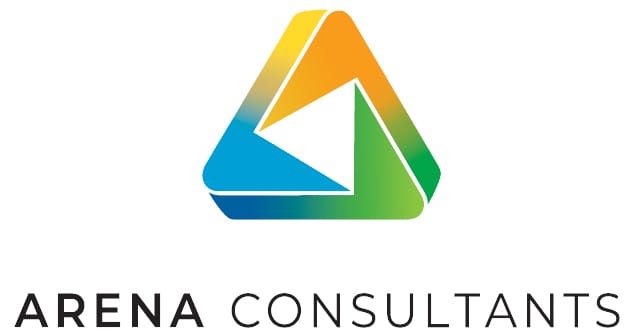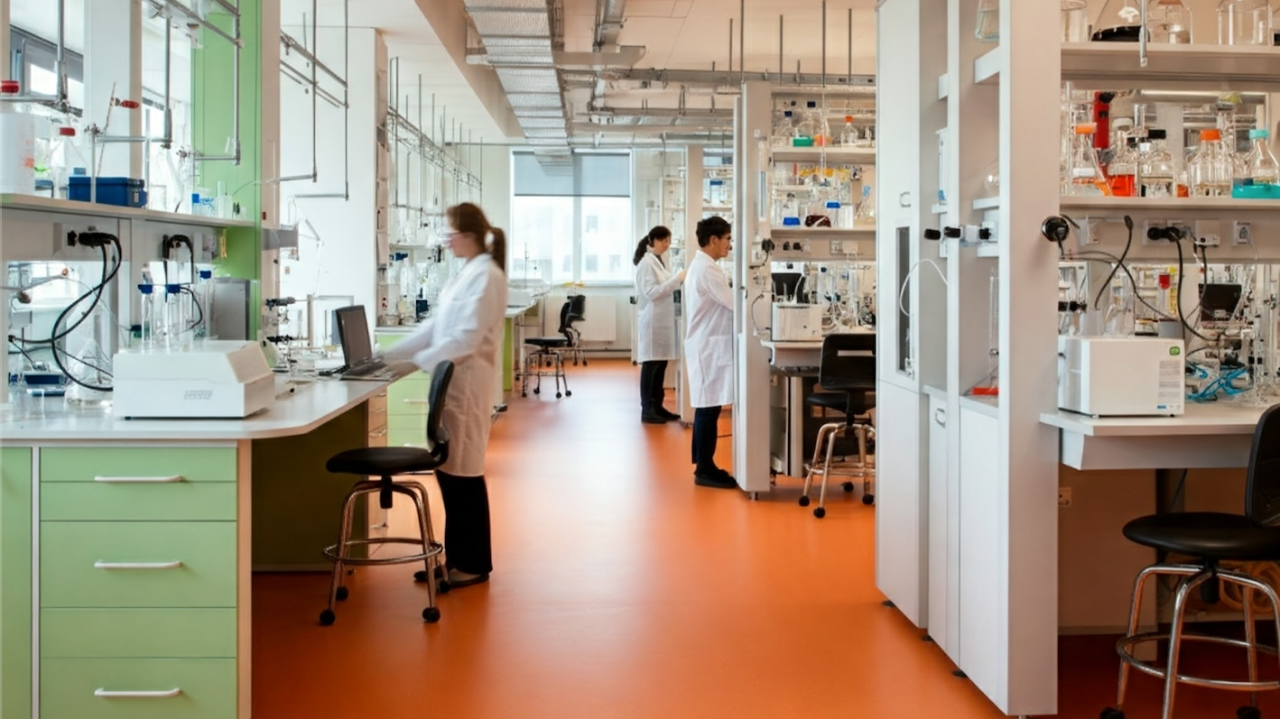If you are asked to imagine a laboratory, the first image that comes to our mind is usually a room with white coloured walls, rectangular tiled flooring, stone countertops, storage, and equipment. Well, that’s the perception of a stereotypical lab because these spaces are meant to be driven by a strong sense of purpose. But should functionality dictate a laboratory design, or is there room for aesthetics to lead the way? Let’s find out…
What is Form follows Function?
In this design approach, the form or aesthetics is secondary to the function of the room. Here, the key parameters for a lab’s design is its intended purpose and revolves around the specific workflows, equipment needs, and safety protocols of the lab operations. Consider a chemistry lab as an example- this room needs ample ventilation to deal with odour and hazardous elements along with chemical-resistant surfaces to reduce the impact of spillage. So, essentially a lab is tailored to the demands of its users.
What is Function follows Form?
This ideology of lab design puts aesthetics in the driving seat while functionality is adapted to fit the predetermined form. For example, a lab intended for public tours or collaborations may have open, glass-walled layouts and modern finishes to spark visual interest. This approach is often chosen for research facilities aiming to make a bold statement about their mission, attract talent, or promote transparency. It creates environments where design itself becomes a powerful tool to inspire creativity and communicate purpose.
The Best Approach for Designing Laboratory Spaces
Striking a balance between form and function is the key to designing a holistic laboratory space. It helps build an environment that people can appreciate and thrive in. Here are 5 ways to strike a balance between the two approaches.
1. Understand the Purpose
Whether it’s a research lab, a medical lab, a pharmaceutical lab, or an educational lab, function takes the centrestage because each lab category has its unique requirements. So, the functionality of the lab will often dictate the layout of the space. It governs the placement of equipment, furniture, and workstation positioning. For example, a biology lab may require specimen storage, controlled temperatures, and lighting while a pharma lab may require more space for experimentation and research.
2. Create an Efficient Layout
A well-organised lab not only works well but also looks good. It minimises movement, reduces clutter, and ensures that equipment and material are easily accessible. So, it is important to take into account workflow patterns, including how researchers will interact with materials and tools, and the flow of air chemicals, or other substances. Further, incorporating flexible spaces and modular workstations can make labs more adaptable to evolving research needs.
3. Prioritise Ergonomics
Anything that feels comfortable can be made to look aesthetic. Thus, ease of movement and use should be a priority in laboratory design. Introducing height-adjustable tables and chairs can reduce the risk of injury associated with long hours of work. Additionally, considering natural light sources, artificial task lighting, and ventilating spaces can serve as an element of form by aesthetical placement and design. Speaking of furniture, labs can also incorporate break out spaces and co-working areas where people can gather to discuss work or simply rejuvenate.
4. Ensure Safety and Compliance
While safety elements are often utilitarian in nature, they don’t have to look out of place. Careful attention can be given to the design of safety features like demarcating safety zones with subtle visual cues like using different colours and materials. Designing a lab that feels safe and resilient includes using fire-resistant materials, appropriate signage, emergency exits, first-aid kits, and fire extinguishers without overwhelming the design.
5. Focus on Adaptability
Research needs evolve over time, and a laboratory must be designed to adapt to new technologies, methods, and materials. This not only ensures long-term functionality but can also be visually appealing when executed thoughtfully. Because, the design allows the space to function optimally for different types of experiments or research processes without requiring a complete redesign. For example, clean, flexible designs with simple lines and versatile structures can make the lab feel modern and fresh, while still catering to a variety of functions.
In Conclusion
Laboratory design is a delicate balancing act between form and function because the goal is to create an environment where discovery and experimentation can flourish. It then becomes a space where innovation is fostered, ideas are brought to life, and researchers can achieve their full potential.







